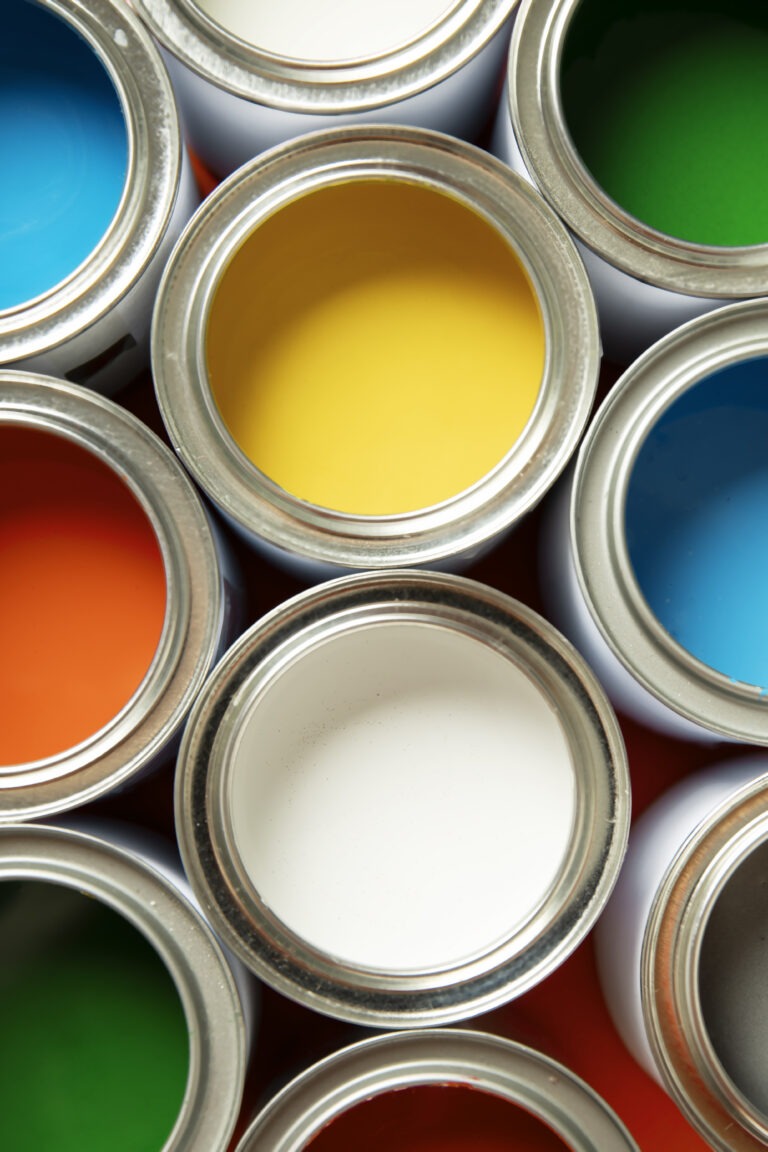Surface Maintenance Secrets: A practical guide to caring for foundational paints
Primer, also known as primer, is an essential step in the process of painting any surface. It helps improve paint adhesion to various surfaces, hides defects, and enhances the foundational paint’s ability to resist external factors.
However, over time, various factors may affect foundation paints by various factors, such as humidity, temperature changes, and ultraviolet radiation. Therefore, it is important to follow some steps to maintain the maintenance of surfaces painted with foundation paints. In this article, we’ll look at the secrets of surface maintenance and provide a practical guide to caring for foundation paints
The most important steps for surface maintenance
Maintenance of roofs and foundational paints is an essential part of maintaining the beauty and long-term durability of a home. If we take good care of the foundation paints, they will protect surfaces from corrosion and damage resulting from external factors such as humidity, heat and dust. Here are some secrets for maintaining surfaces painted with foundation paints:
Surface cleaning
Cleaning the surface before and after the painting process is vital. We should use a mild washing powder with warm water and a soft cloth to remove dust, dirt, grease or stains from the surface.
You should avoid using strong chemicals or strong or abrasive cleaners that may cause damage to the paint. You should also avoid using very hot or cold water to clean painted surfaces. Finally, we should dry surfaces well after cleaning.
Treating cracks and defects
Before applying the primer paint, we must inspect surfaces and existing cracks and defects treated. We can use silicone putty or cement to fill small cracks, while we can use wood-specific repair materials or plaster to repair larger defects.
Surface purification
Before applying the primer, it is advisable to sand the surface with coarse sandpaper to remove the top layer of wear and prepare the surface to receive the paint.
Choosing the appropriate primer paint
We should choose a primer that matches the surface type and surrounding environment conditions. For example, we can use wood primers to protect against moisture, while metal primers can be used to protect against rust.
Apply two coats of primer
We recommend applying the primer in at least two coats, allowing the first coat to dry completely before applying the second coat. This helps provide more effective surface protection.
Periodic maintenance
Once we apply the primer, we must take care of regular surface maintenance. We can use new base coatings between periods to renew protection and aesthetic appearance. It is a good idea to repaint painted surfaces every 5-10 years, or as needed, using the same type of primer that was used the first time.
Use caution during use
You should avoid exposing the painted surface to strong impacts, such as shocks or severe friction, as this can damage the paint and reduce its effectiveness in protection.
Use protective materials
Protective materials, such as wax or silicone, should be used to protect painted surfaces from external factors. It is recommended to follow the manufacturer’s instructions for the primer carefully.
Ventilation
Ensure good ventilation in enclosed spaces to prevent moisture accumulation that may harm the paint.
The importance of maintaining surfaces painted with foundational paints
- Improve the appearance of surfaces.
- Protect surfaces from damage.
- Extend the life of the paint.
- Save money and effort.
In conclusion
Maintaining surfaces painted with foundation paints is an essential step in maintaining their beauty and function. By following this practical guide, users can maintain surfaces painted with foundation paints for many years. They can thus keep their homes in excellent condition and avoid costly repairs in the future.
To order foundational paints, go to www.whitesand.com.






